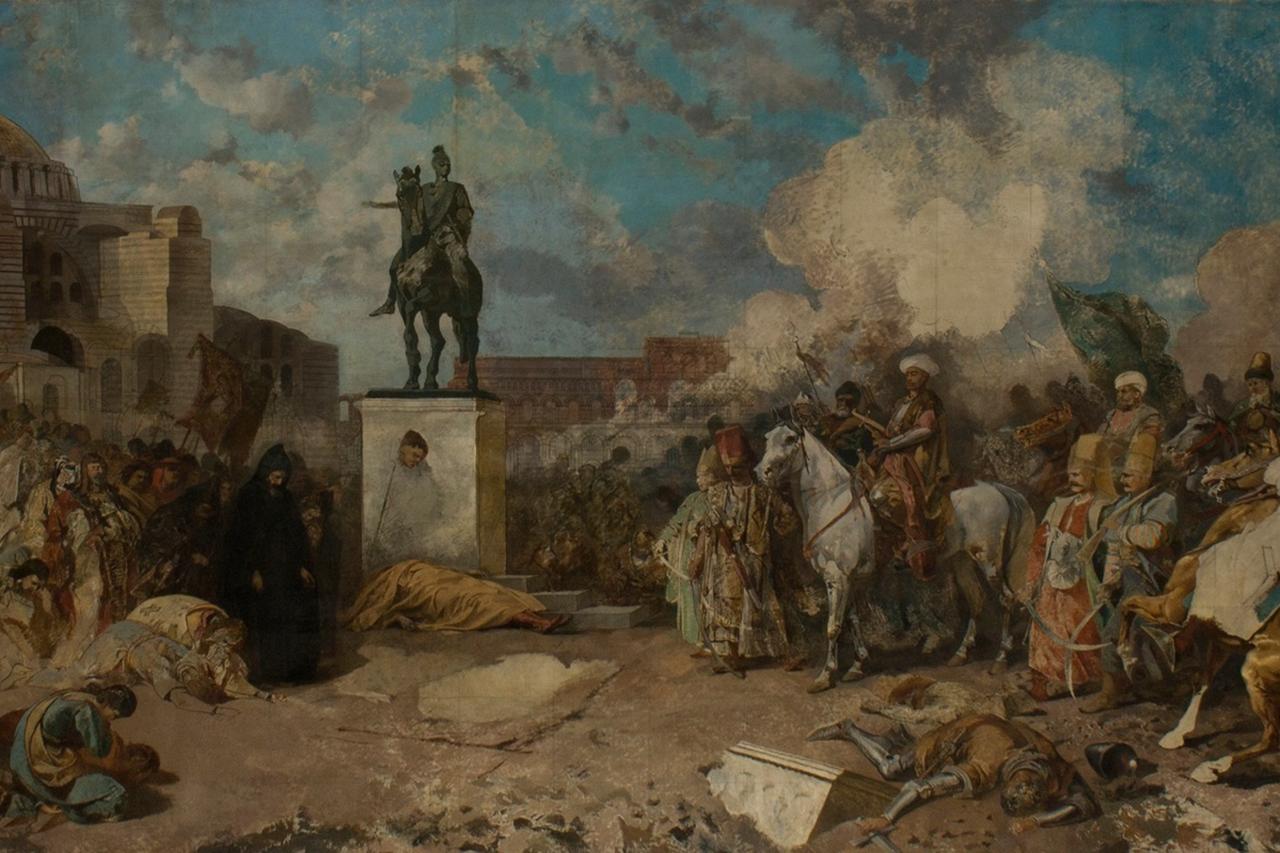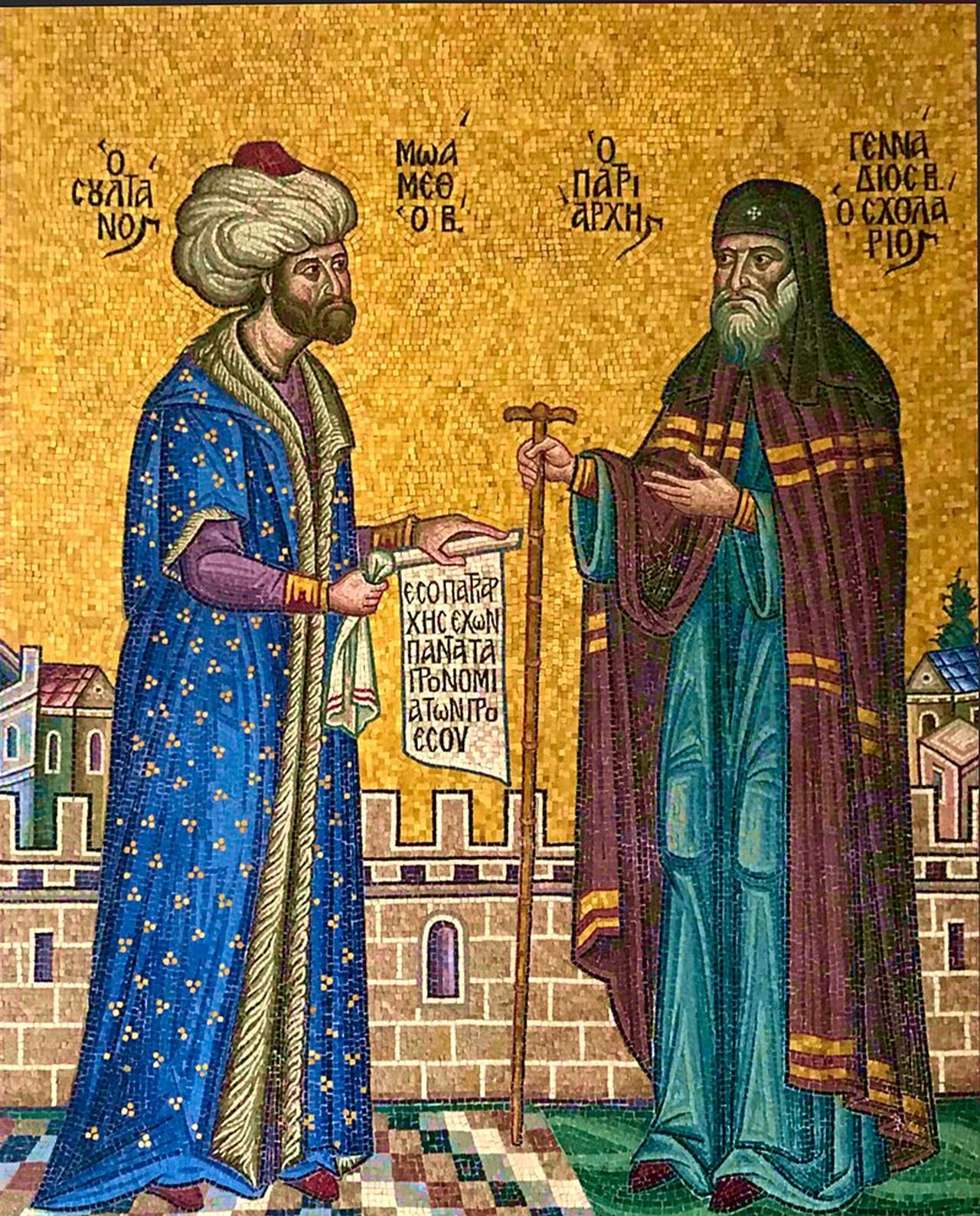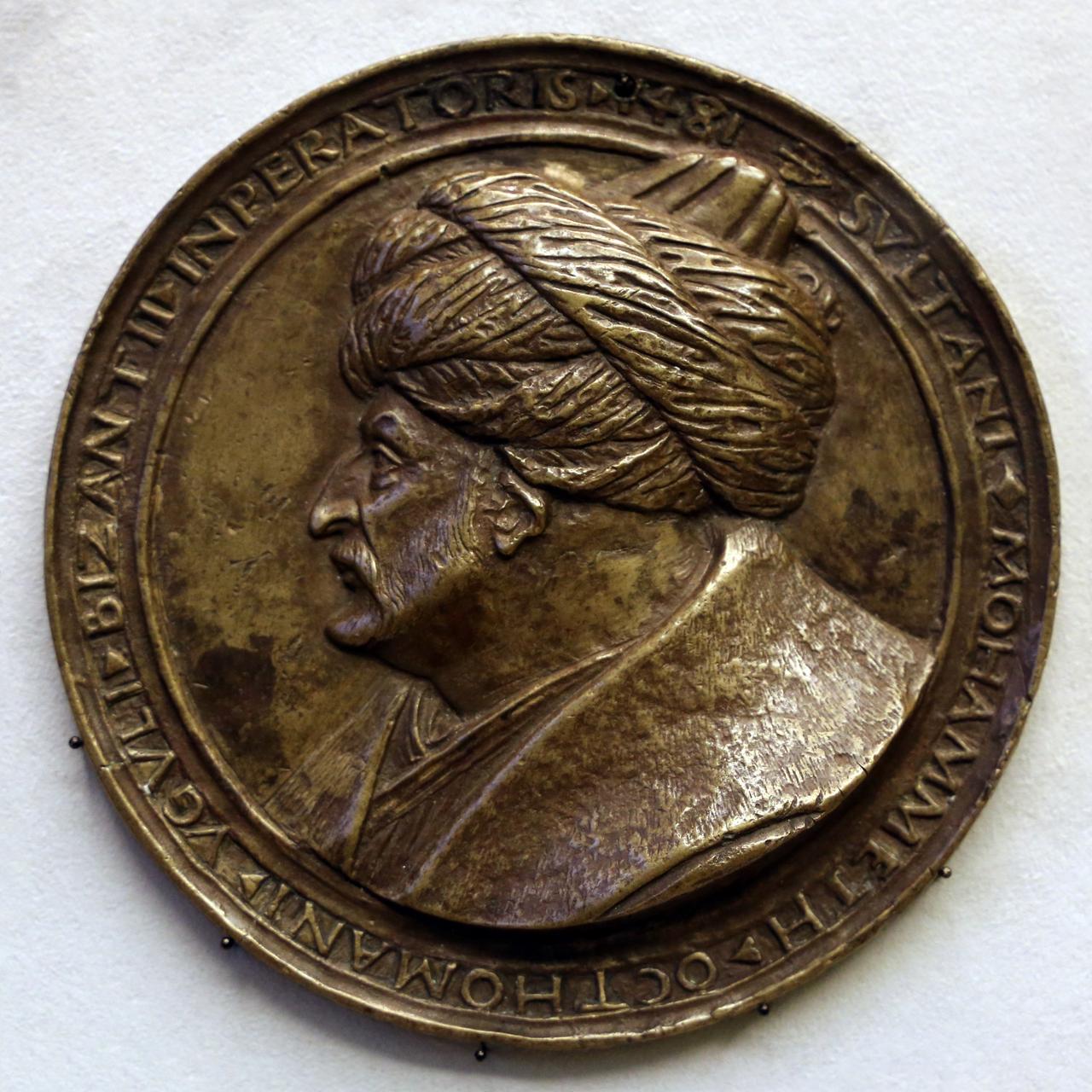
When Ottoman Sultan Mehmed II captured Constantinople in 1453, it marked not only the end of the Byzantine Empire but also the beginning of a bold imperial claim. For Mehmed and his successors, this was more than a military triumph—it was the rebirth of the Roman Empire under a new Islamic dynasty based in Türkiye.
Sultan Mehmed II regarded the conquest of Constantinople as the rightful assumption of Roman imperial legacy. By seizing the Eastern Roman capital—long regarded as the true continuation of ancient Rome—he positioned the Ottoman state as its direct heir.
The newly adopted title Kayser-i Rum (Caesar of Rome) was no mere flourish; it signaled a claim rooted in the medieval right of conquest, or ius gladii. Unlike the Western model of transference through papal coronation, the Ottoman justification was clear and direct: they had taken the Roman capital, and thus inherited the empire.

Rather than reducing Constantinople to a conquered city, Sultan Mehmed II immediately set about restoring its imperial character. He proclaimed the city—known in the empire as Kostantiniyye—as his throne (takht), and transformed it into a political and cultural center.
Populations from surrounding areas were brought in to repopulate the city, including Greeks, Jews, and even Italians. Greek Orthodox leaders were reinstated, with the Patriarch Gennadios Scholarios enthroned under Ottoman patronage, symbolizing continuity with the Roman-Christian past.
Ottoman rulers drew on multiple sources of imperial legitimacy. Alongside their Islamic titles such as caliph and sultan, and Turkic steppe designations like khan, they embraced Roman styles of rule.
Sultan Mehmed’s court included many former Byzantine officials, Greek scholars, and even Byzantine aristocrats who converted to Islam or integrated into Ottoman administration. The use of Greek as a diplomatic language and the integration of Byzantine fiscal systems, such as the pronoia, into the Ottoman timar structure, underlined this Roman inheritance.
The transformation of Constantinople went beyond demographics and bureaucracy. Monumental architecture, such as the conversion of Hagia Sophia into a mosque, and the construction of the Topkapi Palace with Byzantine and Italian influences, signaled the fusion of old and new imperial visions.
Even European observers noted the symbolic power of Sultan Mehmed’s conquests, although many in the West refused to recognize his claim to the Roman throne due to religious differences.
Despite the strength of their claim, Ottoman assertions of Roman succession were met with skepticism in Western Europe. Papal voices, including Pope Pius II, insisted that only a Christian ruler could truly inherit the Roman title.
Nonetheless, Sultan Mehmed’s statement that “the world empire must be one, with one faith and one sovereignty,” reflected a vision of rule that mirrored Roman universalism in scope, if not in religious affiliation.

The term "Rum," derived from “Rome,” became central to Ottoman identity. Territories in Anatolia and the Balkans—once the heartlands of the Eastern Roman Empire—were collectively known as the Land of Rum. The term even described the Ottoman elite themselves, as “Rumis,” highlighting their deep association with Roman geography, governance, and culture. This self-identification persisted for centuries and was even recognized by opponents, including Tamerlane’s chroniclers, who called Ottoman troops "Rumiyan."
Successive sultans continued to claim Roman-style titles in diplomatic correspondence. Sultan Bayezid II described himself as “Basileus and Autokrator of the two continents,” while Sultan Suleiman I styled himself “Sultan of Sultans … of the domains of Rum.”
These titles, echoing Roman grandeur, served both to challenge European rivals and reinforce the universal aspirations of the Ottoman court.
Ottoman engagement with Roman traditions extended to infrastructure and governance. Roads such as the Roman military route from Istanbul to Belgrade were maintained, and Roman-style taxation systems helped finance the empire’s expansive bureaucracy and army.
The centralization and durability of the Ottoman state owed much to these inherited systems, making it one of the most coherent and prosperous empires of early modern Europe.